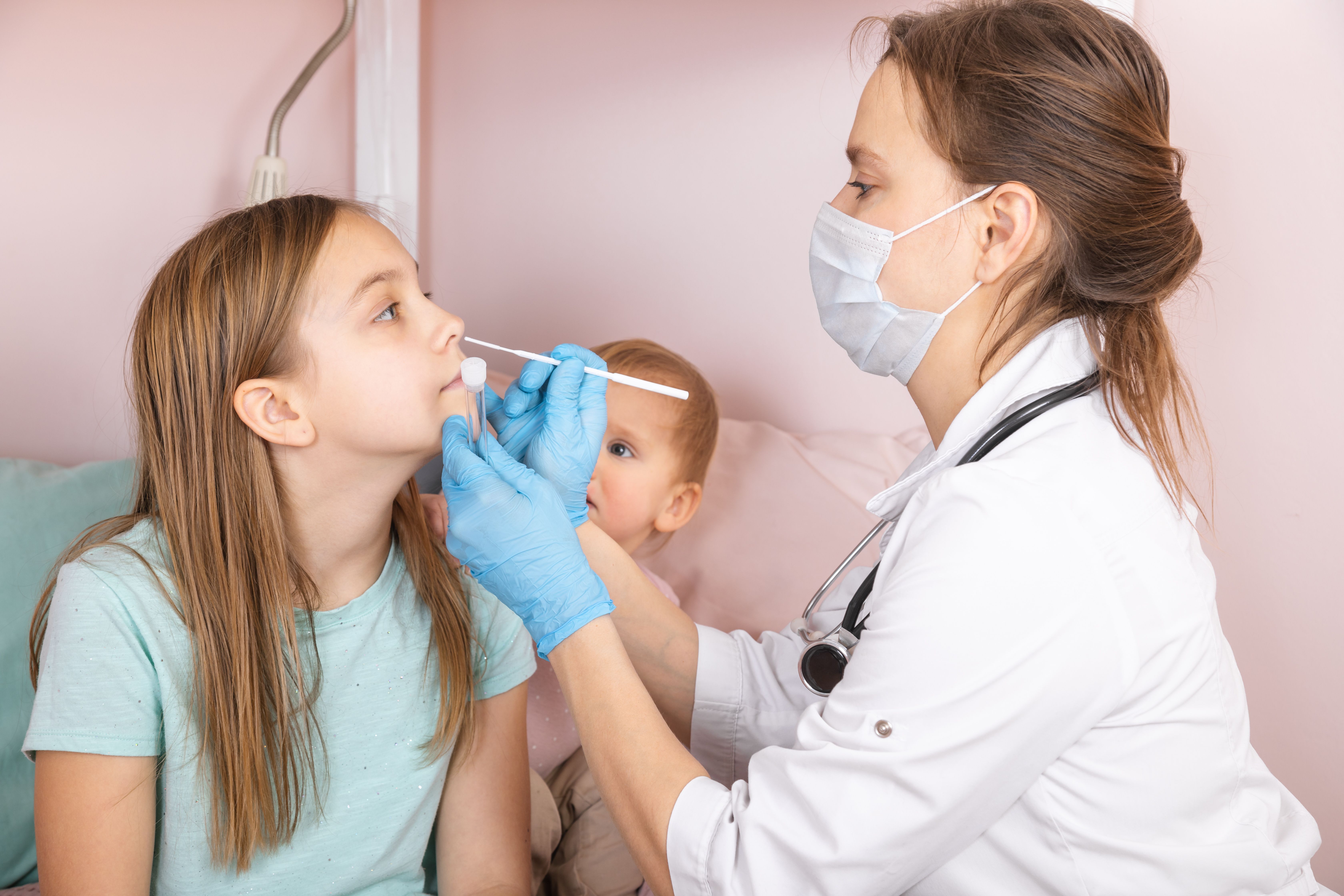Article
Women “Significantly” More Likely to Develop Long COVID, Review Finds
Author(s):
The study, published in Current Medical Research and Opinion, finds that females were 22% more likely than males to have long COVID, which was defined as having symptoms that lasted more than 4 weeks after onset.
Females are “significantly” more likely to develop long COVID and experience different symptoms than males, according to a new literature review that highlights the need for gender-specific research to find tailored approaches to prevent and treat the disease.
The study, published this week in Current Medical Research and Opinion, finds that females were 22% more likely than males to have long COVID, which was defined as having symptoms that lasted more than 4 weeks after onset.
“Knowledge about fundamental sex differences underpinning the clinical manifestations, disease progression, and health outcomes of COVID-19 is crucial for the identification and rational design of effective therapies and public health interventions that are inclusive of and sensitive to the potential differential treatment needs of both sexes,” wrote the authors, who were all employed by Johnson & Johnson, which funded the study.
“Differences in immune system function between females and males could be an important driver of sex differences in Long COVID syndrome. Females mount more rapid and robust innate and adaptive immune responses, which can protect them from initial infection and severity. However, this same difference can render females more vulnerable to prolonged autoimmune-related diseases.”
As part of the review, investigators limited their review of papers to the period of December 2019 to August 2020 for COVID-19 and to January 2020 for June 2021 for long COVID syndrome. They evaluated 4346 publications for possible inclusion in the review; 23 met the criteria for the study of COVID-19 sequelae and 12 met the criteria for long COVID syndrome. Assuming that each participant in each article in a unique individual, the sample size is 1.39 million patients, with the largest study including 1.32 million patients.
Females were more likely than males to have COVID-19 symptoms in the following categories:
- Psychiatric/mood: (odds ratio [OR], 1.80; 95% CI, 1.35–2.41)
- Ear, nose, and throat: (OR, 1.42; 95% CI, 1.39–1.46)
- Musculoskeletal: (OR, 1.15; 95% CI, 1.14–1.16)
- Respiratory: (OR, 1.09; 95% CI, 1.08–1.11)
Females, however, were less likely than males to have renal symptoms (OR = 0.83; 95% CI, 0.75–0.93).
Not only was the chance of having long COVID was greater among females, (OR, 1.22; 95% CI, 1.13–1.32), but the symptoms linked with females in the overall findings were even more pronounced.
With long COVID, women were more likely to have these symptoms long-term:
- Ear, nose, and throat: (OR, 2.28; 95% CI, 1.94–2.67)
- Gastrointestinal: (OR, 1.60; 95% CI, 1.04–2.44)
- Psychiatric/mood: (OR, 1.58; 95% CI, 1.37–1.82)
- Neurological: (OR, 1.30; 95% CI, 1.03–1.63)
- Dermatological: (OR, 1.29; 95% CI, 1.05–1.58)
Other less-defined symptoms remained more likely among women with long COVID (OR, 1.36; 95% CI, 1.25–1.49), although males with long COVID were more likely to have endocrine (OR, 0.75; 95% CI, 0.69–0.81) and renal disorders (OR, 0.74; 95% CI, 0.64–0.86).
The authors pointed out that despite the clear gender differences in symptoms for both COVID and long COVID, very few studies report sex-disaggregated data, “underscoring the need for further sex-based research/reporting of COVID-19 disease.”
“Devising basic research and clinical trial protocols using sex-specific methodologies, with a primary objective of prospectively evaluating aspects of COVID-19 by sex, will fill critical information gaps,” the authors wrote. “A thorough understanding of how biological sex is influencing COVID-19 will have important implications for clinical management and mitigation strategies for this disease.”
“There is the potential to reshape the natural history of COVID-19,” they concluded.
Reference
Sylvester SV, Rusu R, Chan B, Bellows M, O’Keefe C, Nicholson S. Sex differences in sequelae from COVID-19 infection and in long COVID syndrome: a review. Curr Med Res Opin. Published online June 20, 2022. doi:10.1080/03007995.2022.2081454




